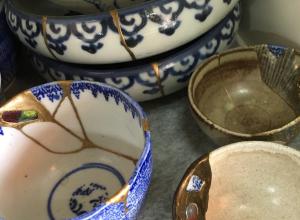Artist Robert Forman has developed techniques entirely his own. He uses colorful yarns, thread and Elmer's glue to create striking compositions that resemble paintings. State of the Arts NJ visits Forman at his studio, a former firehouse in Hoboken, New Jersey, and at the Montclair Art Museum where he is one of the featured artists in the show, New Directions in Fiber Art.
Art News
Painted for the Hall of Negro Life at the Texas Centennial Exposition, Aaron Douglas's Aspiration (1936) shows a way for African Americans to forge a hopeful future.
Corrie and Nat are live at the LA Art show with the show’s director, Kim Martindale to discuss art collecting in the age of social media, the LA art scene, and the history and development of the LA Art Show. Join us for the first ever live Art History Babes podcast!
For years Andy Warhol and his mother Julia lived and worked in an unassuming townhouse near the corner of 89th street and Lexington avenue.
Sculptor Tony Cragg discusses his long-standing interest in plastic, machine parts, and other products of industry. He describes his process of scavenging, stacking, and piling these utilitarian materials to create his striking sculptures.
Learn about the life of American artist Jean-Michel Basquiat, from his start as part of graffiti duo SAMO to his rise as an internationally renowned painter.
Sister Corita Kent was a master printmaker and teacher, and her rules for artists and teachers are legendary - let’s break them down.
Art & Object recently had the opportunity to chat with Richard Moore, the President of the Association of International Photography Art Dealers (AIPAD). We spoke to him about his career, the state of photography, and AIPAD's 2019 edition of The Photography Show.
Ken Hakuta describes the experience of growing up with his uncle, the artist Nam June Paik, who was at the vanguard of video, sculpture, and performance art. He shares unique insight into a large group of works by Paik, who experimented with ways to distort the images on television screens, created robots from miscellaneous found objects, and even made artwork from Hakuta’s broken childhood toys.
At 15 Elisabeth Vigée Le Brun was painting the aristocracy, in her 20s she was the favored painter of Marie Antoinette, and by her 30s she was fleeing the French Revolution.


![DEl Kathryn Barton [Australian b. 1972] the more than human love , 2025 Acrylic on French linen 78 3/4 x 137 3/4 inches 200 x 350 cm Framed dimensions: 79 7/8 x 139 inches 203 x 353 cm](/sites/default/files/styles/category_card_187x139/public/ab15211bartonthe-more-human-lovelg.jpg?itok=LJbNuU6F)

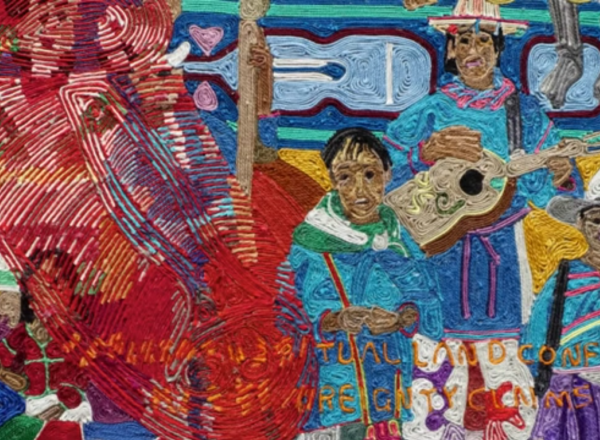
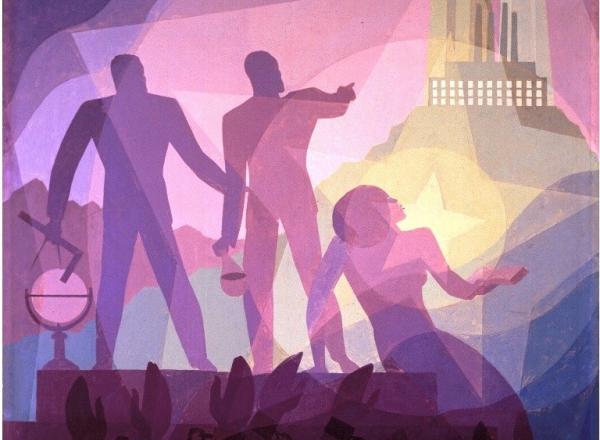
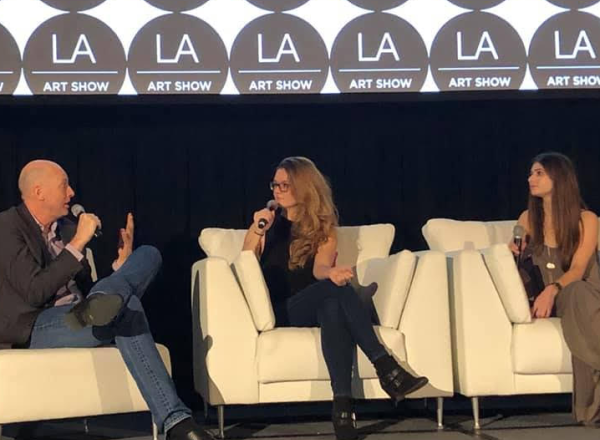
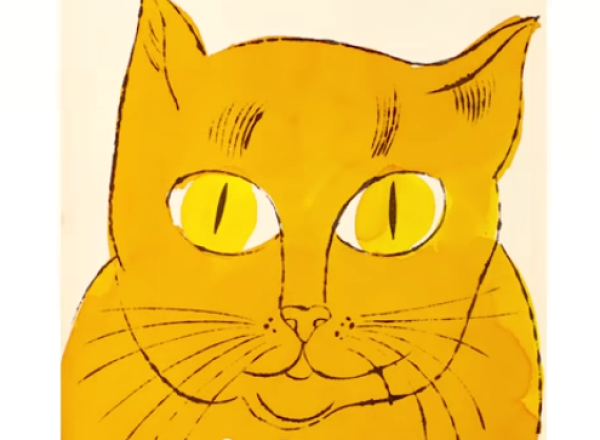
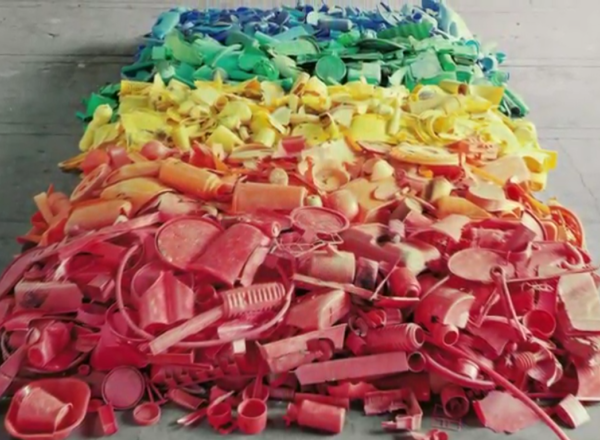
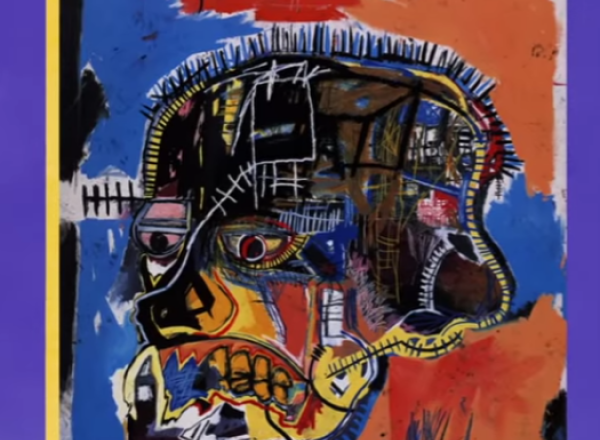
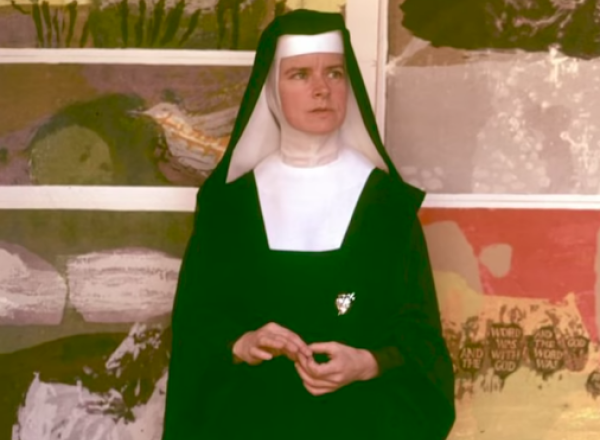
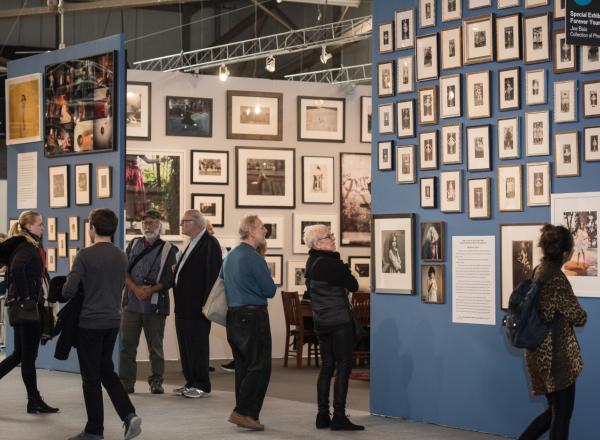
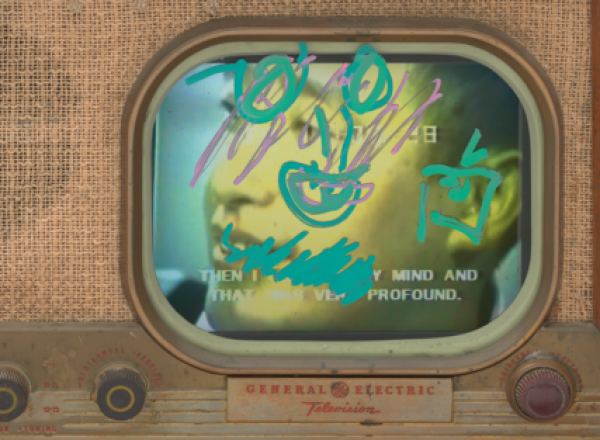
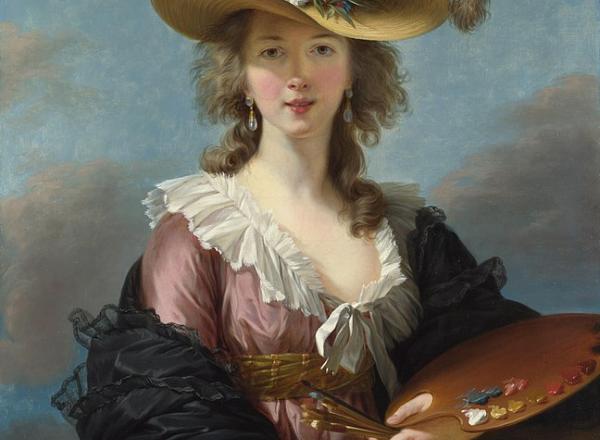

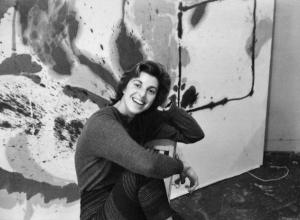














![Ginevra de’ Benci [obverse]. 1474/1478. Leonardo da Vinci. Oil on Panel. Ailsa Mellon Brue Fund, National Gallery of Art.](/sites/default/files/styles/image_5_column/public/ginevradebenciobverse196761a.jpg?itok=hIzdUTaK)

![Merina [Pop Chalee] Lujan, Taos, 1906 – 1993, Yellow Horse, gouache on paper, 13 1/8 x 18 1/8 in. (33.3 x 46 cm.) Estimate: 1,000 – 2,000](/sites/default/files/styles/image_5_column/public/4630-58.jpg?itok=kBAYkc0u)
